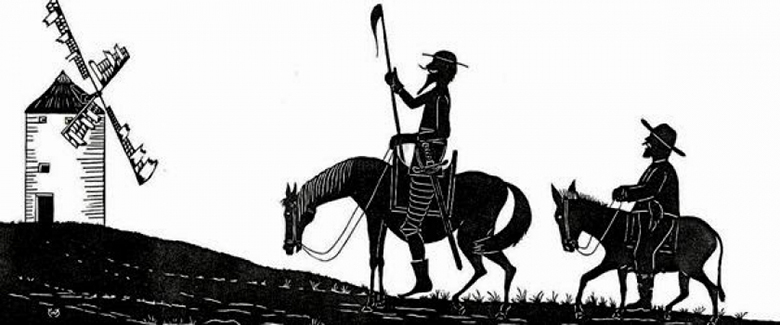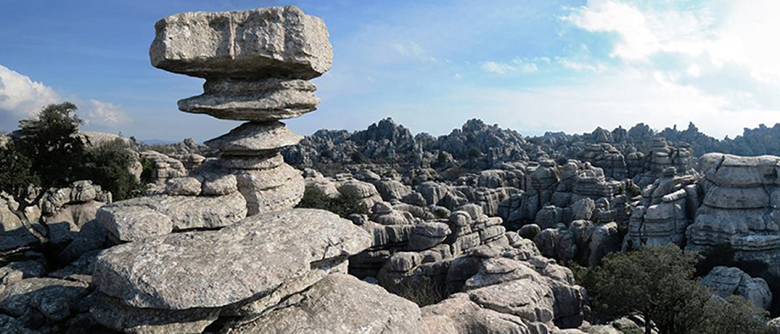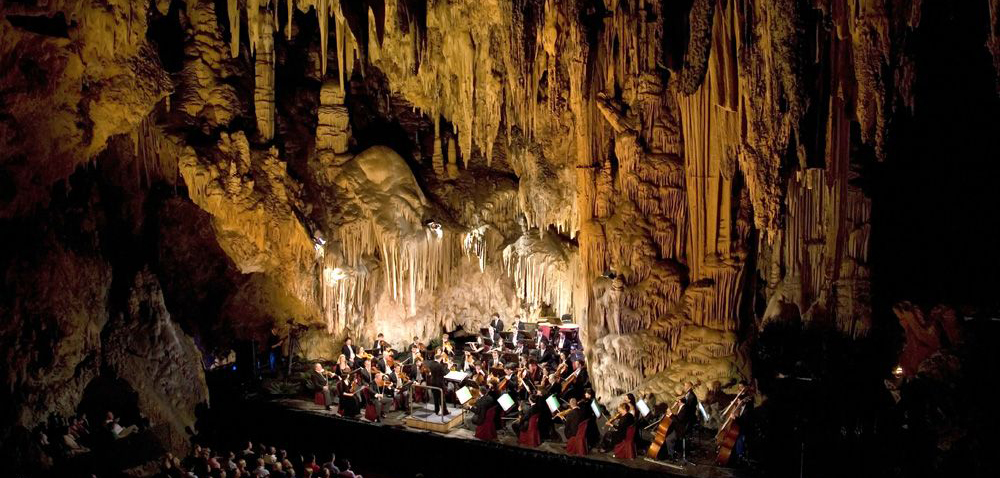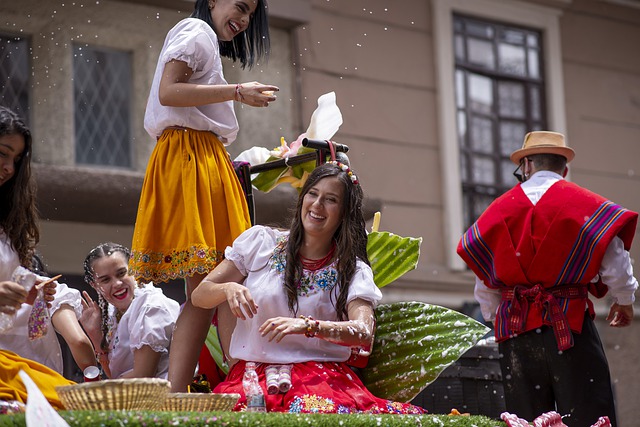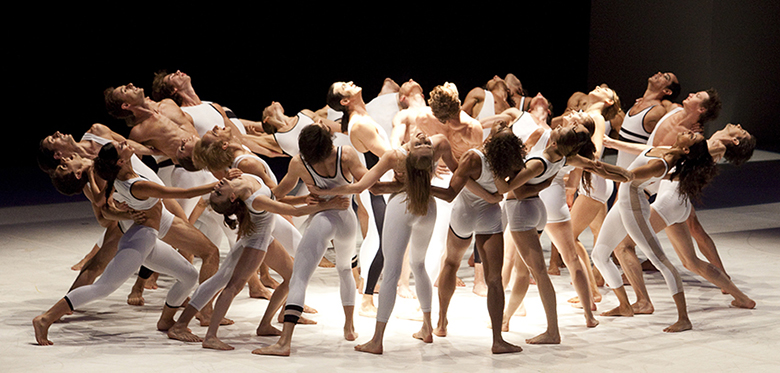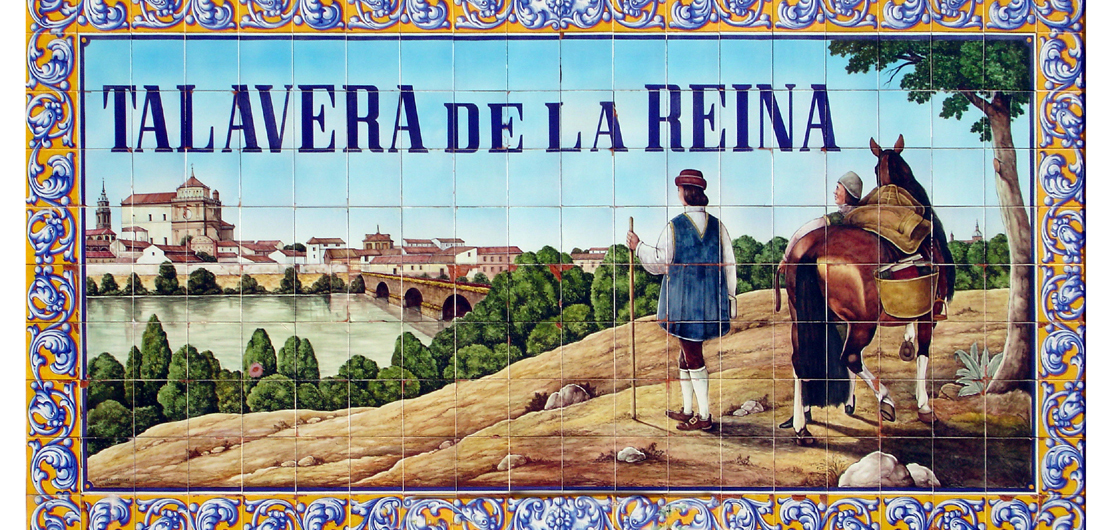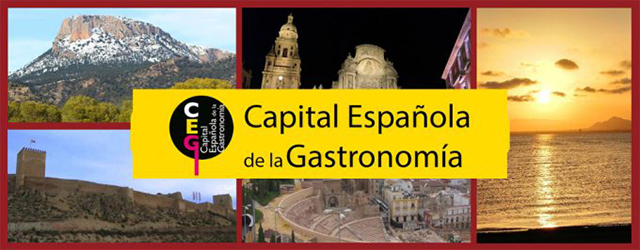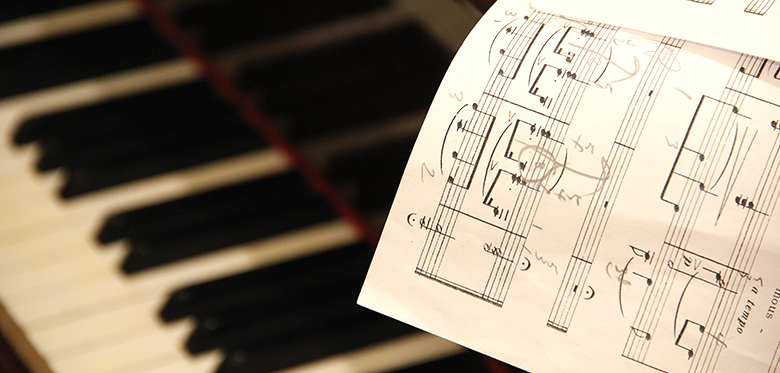The famous novel Don Quixote of La Mancha, which recounts the misadventures of a man who wanted to be a knight in the land of La Mancha, was written by Miguel de Cervantes in the 17th century. 400 years later, the book has been translated into most languages and is globally recognized as a masterpiece in literature. Now, your group can follow in the footsteps of this beloved character on the Don Quixote Trail, crossing 13 different towns that were key locations in the novel. Here are some of the highlights!
Alcalá de Henares
The journey begins in this World Heritage City, which is also the birthplace of Cervantes. Your group can experience the town where the author spent his childhood, visiting the Plaza de Cervantes, and the Cervantes House-Museum, where he was believed to have been born and raised. The house faithfully recreates the home as it would have been in the early 17th century, with antique furnishings and décor.
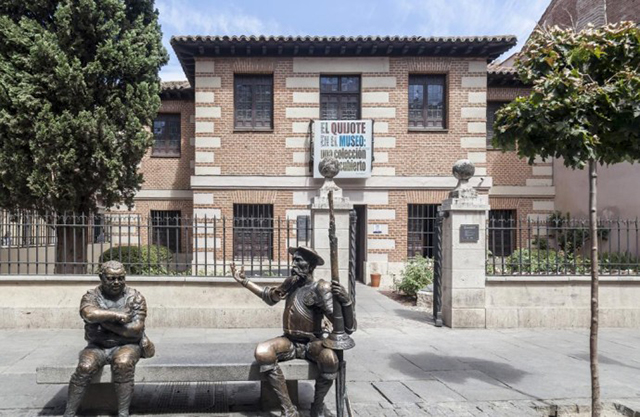
Madrid
Of course, there are countless attractions for your group in Madrid, as well as some key sites along the Don Quixote Trail. For example, you can visit the funerary monument where Cervantes and his wife are thought to be buried, as well as Casa Alberto, a tavern in the building where Cervantes wrote The Travails of Persiles and Sigismunda and the second part of Don Quixote.
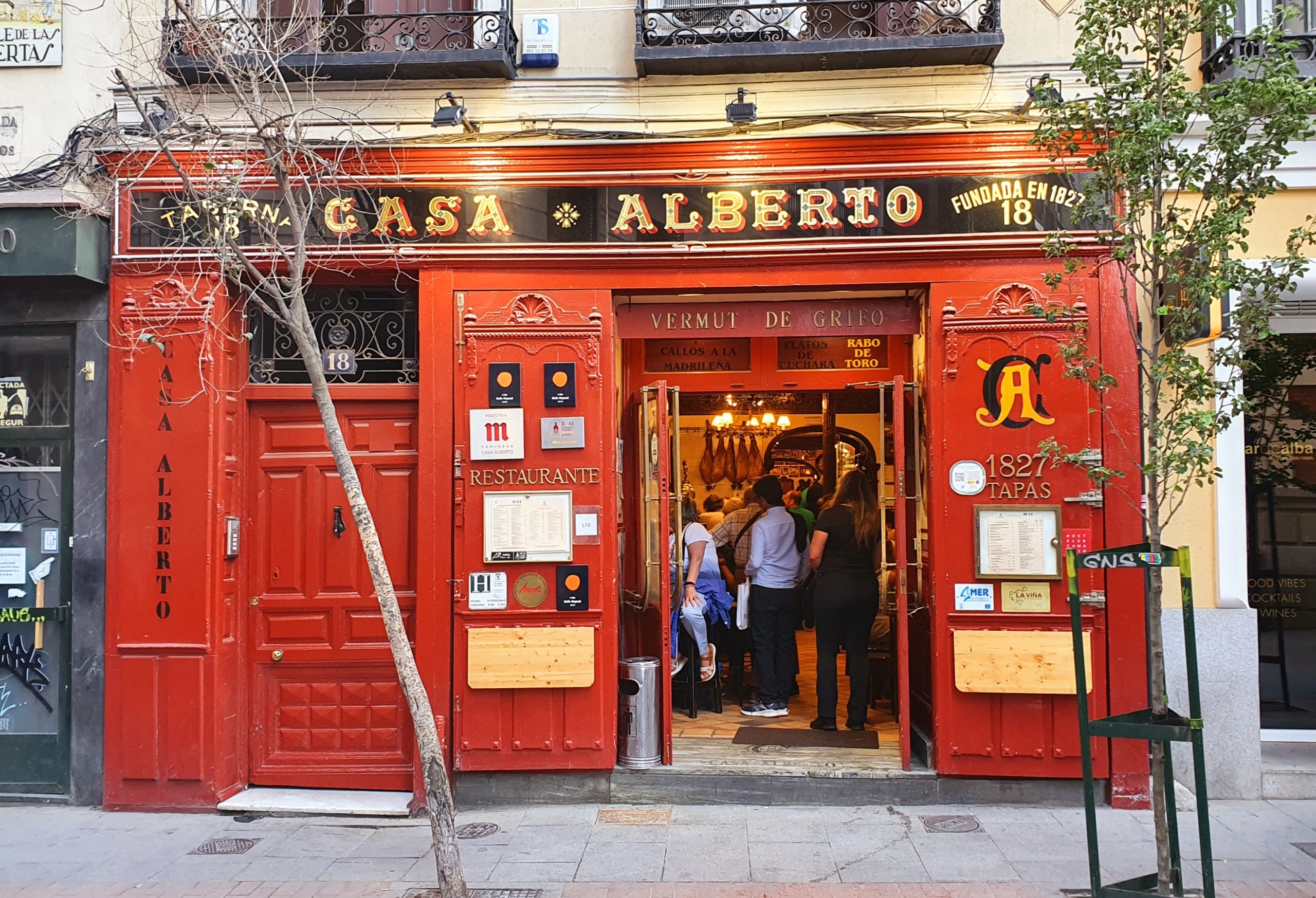
Toledo
In the province of Toledo, take your group to see the Cervantes House, where the writer and his wife lived. Today the house is a small but fascinating museum. Another key stop in Toledo is just outside of the town of Consuegra, where your group will spot the famous windmills that Don Quixote mistook for giants in his madness. Climb to the top of the hill to get a closer look at the windmills and a stunning view over the plains of Toledo. If possible, go at sunset!
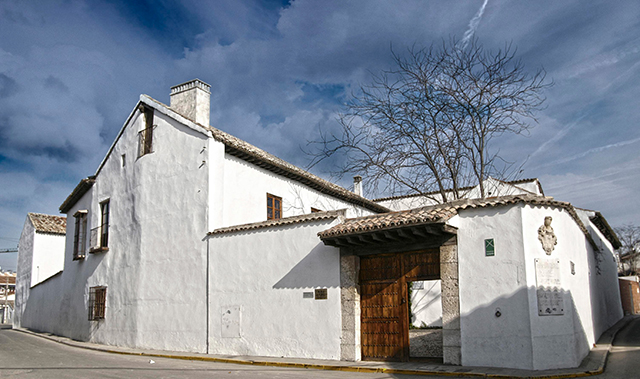
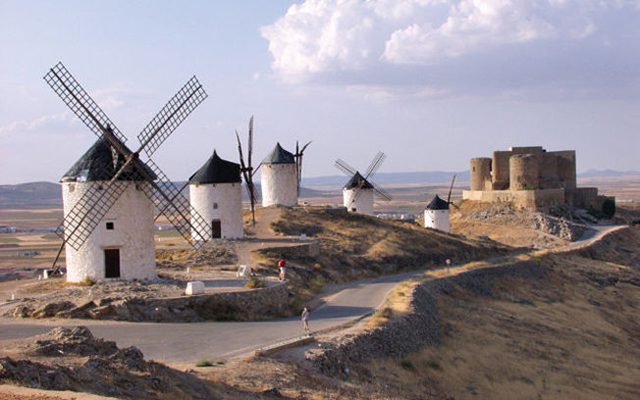
El Toboso
In the novel, Don Quixote talks about his eternal love for Dulcinea del Toboso, but El Toboso is a village that really exists. Here you can visit the Dulcinea House-Museum, which recreates a 16th century house of the region. According to tradition, it was the home of Ana Martínez Zarco de Morales («Sweet Ana»), who inspired Cervantes to create Dulcinea.
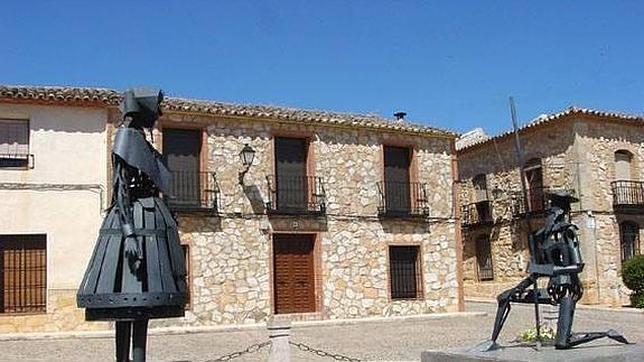
Ciudad Real
In the province of Ciudad Real, your group can make a stop at Argamasilla de Alba to visit the Medrano Cave, where Cervantes was held prisoner. It was here that he started to write the adventures of Don Quixote. Continuing along the trail, you can stop at a second cave in Ossa de Montiel, this one being the magic cave of Montesinos where Don Quixote descended through time, and the ruins of the Castle of Rochafrida.
Before leaving the province and ending your journey along Don Quixote Trail, head to the city of Ciudad Real, to see the Don Quixote Museum. To finish of an especially pleasant note, let your last stop be the charming town of Almagro, with its stunning Plaza Mayor. Here your group can learn more about Cervantes and the figure of Don Quixote at the 17th century Corral de Comedias theater or the National Theater Museum.
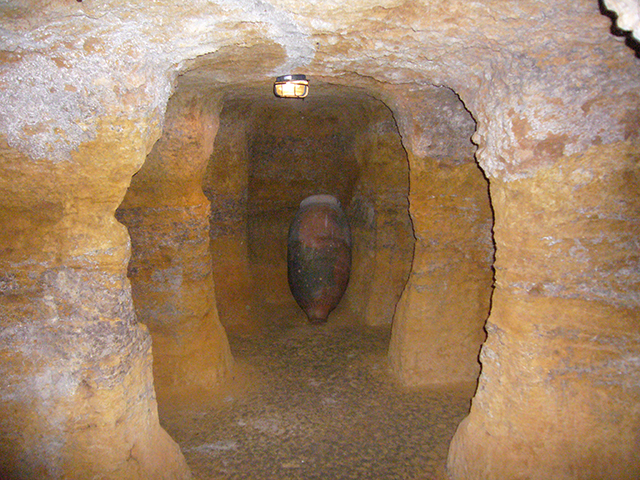
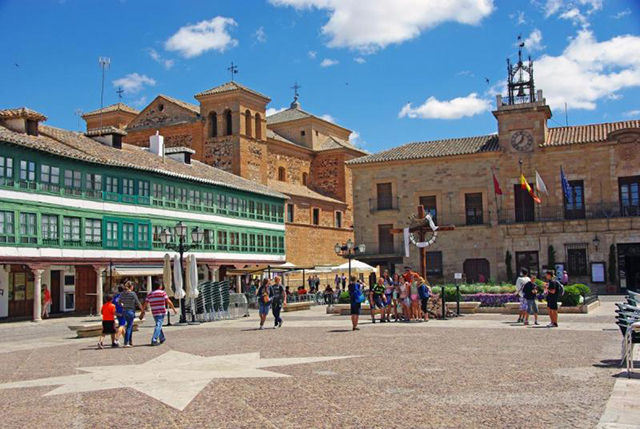
Die Route des Don Quijote mit Ihrer Gruppe
We can help you get the most from your journey along the Don Quixote Trail – besides the Cervantes attractions, there are plenty of other interesting places to visit along the way. Try a tasting at one of the wineries or cheese shops, dine at historic restaurants, or take part in one of the Cervantes related events that take place at different sites throughout La Mancha. Get in touch today to start planning!
